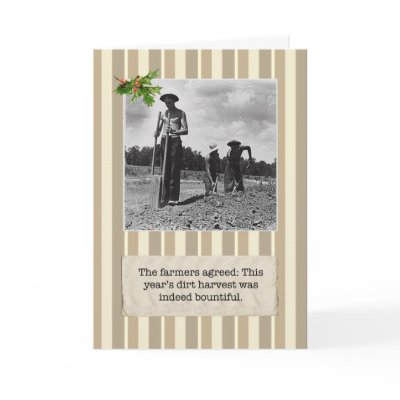
I like the idea of subsurface fertilizers; it seems right to me, putting the plant food where the roots can grow down into it. That’s the appeal of planter-finished bokashi: after the bucket, layer the fermented matter into soil, et voila! Though this is not always the right solution for me--it requires being organized enough to gather relatively large volumes of soil, cured bokashi, and empty planters together for assembly; there’s that two-week resting period before planting; and it doesn’t use enough bokashi for my needs, not without many more planters than I have room to keep. Only one third of a planter’s volume can be bokashi with this method. And what does one do about the permanent planters, where soil and roots have been placed long since? So I compost much of my bokashi, or finish it in some other fashion. Still, where I can planter-finish it, I do, as that’s some impressively nutritious ready-to-sow soil once it’s ready! Even where the soil wasn’t much to speak of starting out.
Over the years I’ve been container gardening, I’ve bought soil of every quality from appalling to magnificent, but even the best eventually grows tired, separated from the soil web that would refresh it in its place of origin. Compost helps, of course, and vermicompost even more, but those natural amendments are not exactly cheap if one has to purchase them over and over (and over!) again.
I have no need to buy compost these days. And with Verne and Co. cheerfully digesting plantersful of precomposted leafy bokashi mix, I no longer have to carefully ration vermicompost so as to have enough for every plant in my garden. I don’t even necessarily have to apply the stuff, as free-range wriggles will find their way into outdoor planters where bokashi has been added and do their thing on-site. After a year of this, the garden is demonstrably healthier than before, with strong new growth and incredible yields. While it is still possible to tell the the very worst of my previous (clay) pot-soils, most of my planters now contain rich mixes comparable to the very best organic retail products I can afford, all dark and springy and largely differentiated by amendment for particular growing needs. It’s hard to believe how much of this stuff was barely able to support plant life a bare year ago, or to remember what a victory I considered a few paltry heads of lettuce in the days before bokashi...
So the other day, I hit a local store for the cheapest available bagged potting soil--$2.50 for 40 quarts--for another in my ongoing series of experiments. This is visibly poor soil, lots of sharp sand in a suspiciously dark and lumpy base (either non-local or amended with treated municipal sludge, or perhaps both). I’ll be planter-finishing this soil with bokashi in both indoor and outdoor settings, and growing leafy vegetables or herbs in it; suppose I’ll try a few lettuce seeds or something in the unamended soil by way of confirmation that this stuff is as poor as it seems, but otherwise, the comparison will be between this soil layered with bokashi and the potting mixes I already have, which have all been heavily inoculated with microbes and nearly saturated with plant-accessible nutrients by this point.
I expect the more amended soil to perform better, but honestly not by too much; microbes live quickly, after all, and the major difference I’ve seen in short-term performance between bokashi-only or vermicompost is in germination (long term observations are ongoing). There is a better than even chance that the produce will be slightly less healthful than that grown in my organically sourced soils, but I’m in a transitional sort of mood today, so am choosing not to worry about it much. It should still be far better than anything bought from a conventional grocery store, that’s been losing nutrients during shipping and display...and cheaper, too! Both in terms of resources used per calorie/serving, and to my budget; the planters (buckets) were all free, bokashi costs me at most $0.50 a bucket (one dollar a week figure for standard EM bokashi bran recipe and accessories), and one bag of this cheap potting soil should be enough for two and a half to three large planters. So call it $1.00 per planter, each planter about equivalent to one “square foot” garden sub-plot, usable for many, many years as bokashi and compost will serve to renew the organic materials plants remove from the soil. Leaving me only the cost of seeds or transplants, if I don’t propagate my own from gathered or gifted sources.
My elderly relatives used to talk about “poor dirt farmers,” but somehow, I don’t think this is what they meant. Then again.
DSF




1 comment:
Wow! The Red Lady is just a fount of information. I wish my tomatoes didn't have blight this year or I could have tried it. Oh well, now I have something to look forward to next summer. Any word on hybrid vs. heirloom leaves as to difference?
Post a Comment